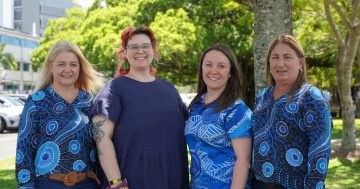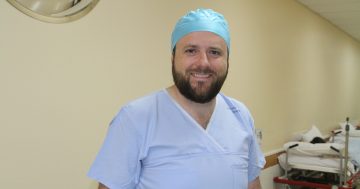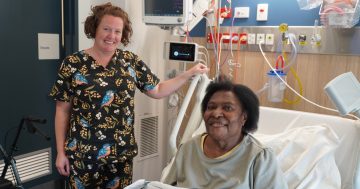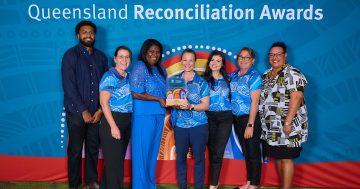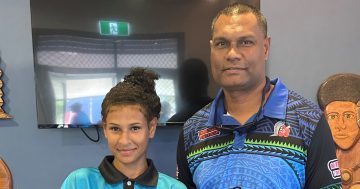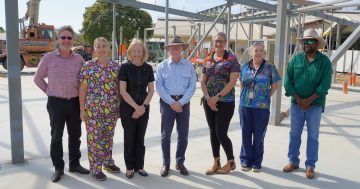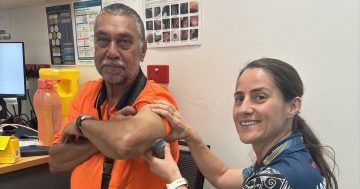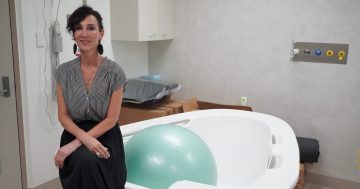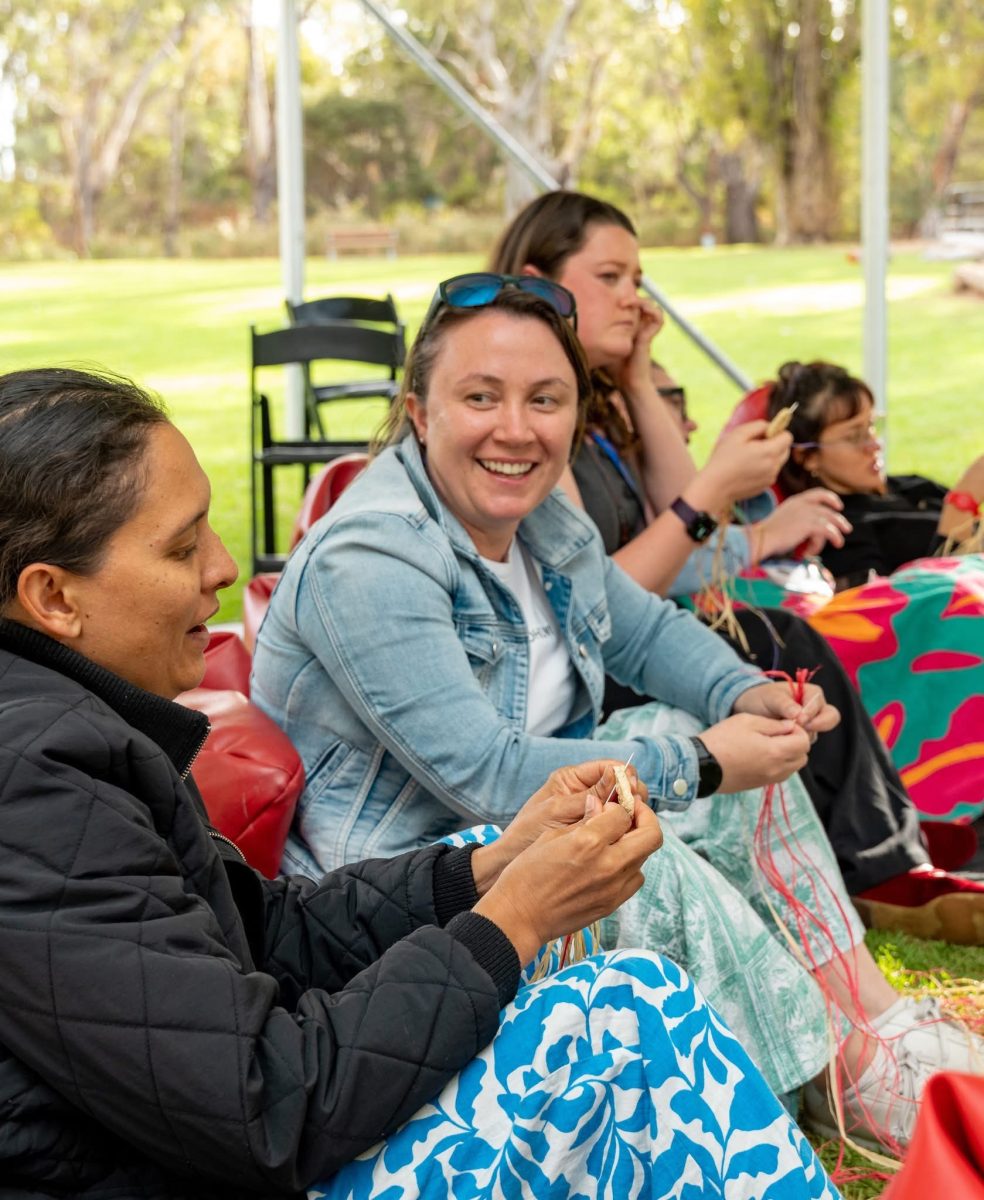
Dr Natalie Pink’s dedication to improving health outcomes in her community has earned her a spot at the Australian College of Rural and Remote Medicine Emerging Leaders Conference. Photo: Facebook (Indigenous General Practice Trainee Network).
A Cape York doctor working to improve kidney health in First Nations communities has been selected to represent the region at the Australian College of Rural and Remote Medicine (ACRRM) Emerging Leaders Conference.
Dr Natalie Pink was just one of 23 rural generalists from across the country to be invited to the inaugural event, which will be held in Western Australia from 19-21 October.
Her selection was based on her leadership of the Cape York Kidney Care program, which has shown promising results in slowing kidney disease progression and reducing the commencement of dialysis, thanks to the flexible, community-based model, and use of clinical yarning.
As a First Nations doctor, Dr Pink said her lived experience had shaped both her values and her drive.
“My sense of social justice has always driven me, but it’s personal, too,” the proud Nyikina woman said.
“Improving health outcomes for Aboriginal and Torres Strait Islander peoples directly impacts the lives of my family and loved ones, so I feel a deep responsibility to keep leading and advocating in this space.”
Beyond her clinical leadership, Dr Pink serves as a Board Member of the Australian Indigenous Doctors Association, has created the Weipa Aboriginal and Torres Strait Islander Clinical Network, and is establishing the Indigenous Health Advanced Specialised Training to embed cultural knowledge into training pathways.
She is also the current lead medical educator for the Indigenous General Practice Trainee Network, and medical educator for ACRRM in Queensland.
Looking ahead to the conference, Dr Pink said she was eager to exchange knowledge and experiences with like-minded health professionals.
“I want to keep growing my leadership skills, share what we’ve learnt in Cape York Kidney Care program, and learn from others who are innovating in this space,” she said.
“Building these networks is how we strengthen rural, remote, and First Nations medicine for the future, ultimately closing the gap and improving health outcomes.”


